“The Gospel train’s comin’
I hear it just at hand
I hear the car wheel rumblin’
And rollin’ thro’ the land” – The Gospel Train (Traditional)

Harriet Tubman was the most famous conductor on the Underground Railroad. She was born a slave in Dorchester County, Maryland, sometime between 1820 – 1822. Called Araminta Ross at birth, she took the name Harriet (Tubman was her married name) when she escaped from a plantation with two of her brothers in 1849.
Tubman returned to the Maryland plantation several times, to rescue family members and other slaves. On one of her trips, she tried to convince her husband to come with her, but he had remarried and refused to leave.
Tubman would eventually make some 13 forays back into Maryland to rescue as many as 70 people. One group at a time she would bring with her out of the state, traveling by night in extreme secrecy. She became known as “Moses”, and “never lost a passenger”.
After the Fugitive Slave Act of 1850 was passed, allowing runaway slaves to be retrieved from Northern “free” states to be returned to their owners in the South, Tubman began guiding the fugitives farther north, into Canada.

John Brown 
Harriet Tubman
In 1858 Harriet Tubman met John Brown, helping him plan and recruit supporters for his 1859 raid on the federal armory in Harpers Ferry, Virginia (now West Virginia), for which Brown was eventually tried and hanged for treason.
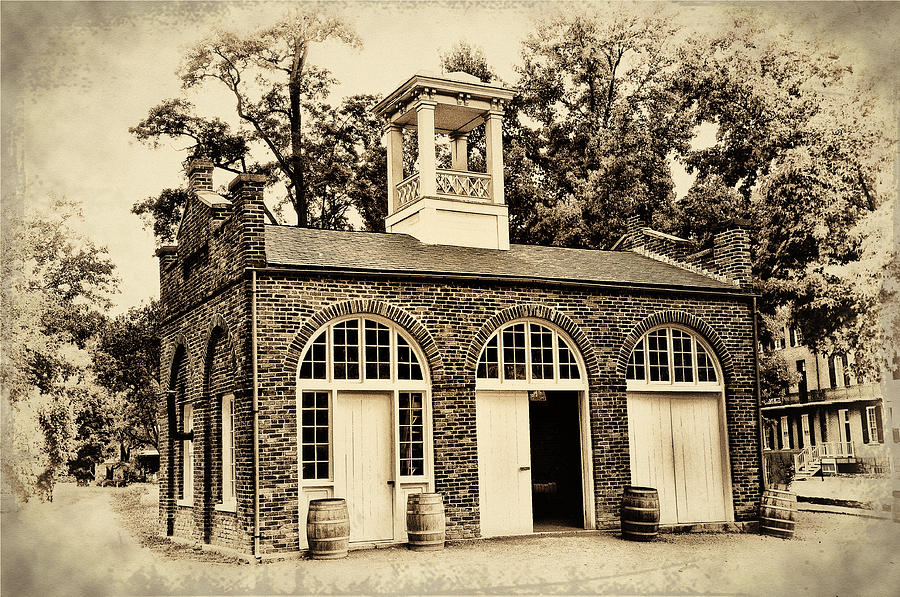
During the Civil War Tubman served the Union Army in a number of capacities, first as a cook and a nurse, later as an armed scout and spy. She was the first woman to lead an armed expedition in the war, when she guided the raid at Combahee Ferry, liberating more than 700 slaves.
“Get on board, little children
Get on board, little children
Get on board, little children
There’s room for many more” – The Gospel Train (Traditional)

The Underground Railroad was a secret network of routes and safe houses established in the US as early as the late 18th-century. The network was begun by abolitionist groups to aid African-American slaves in escaping to Northern free states and later, after the passage of the Fugitive Slave Act, into Canada.
The Quakers are considered the first group to actively help slaves escape bondage. George Washington claimed in 1786 that Quakers had attempted to “liberate” one of his slaves. In the Early 1800s Quakers in Philadelphia, and in North Carolina began organizing routes and shelters to aid escaping slaves.
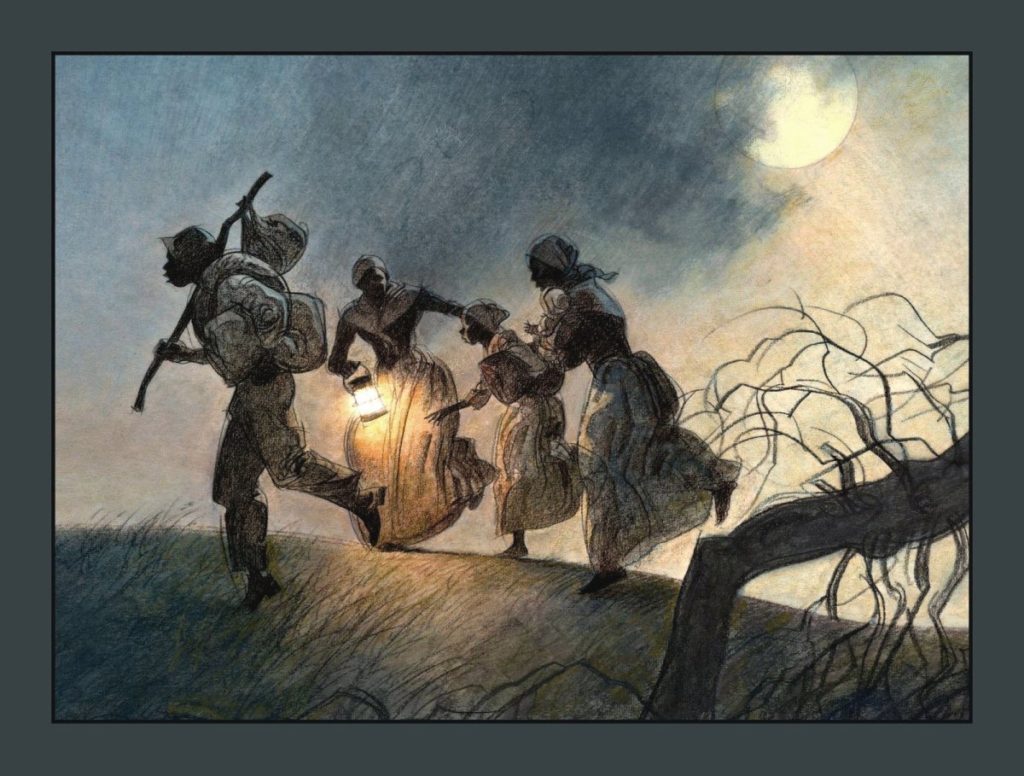
The earliest mention of the Underground Railroad came in 1831 when a slave owner blamed an “underground railroad” for helping one of his slaves escape to freedom from Kentucky into Ohio. Then in 1839, a Washington newspaper reported an escaped slave named Jim having revealed, under torture, his plan to go north following an “underground railroad to Boston.”
In the 1830s, vigilance committees were created in New York and Philadelphia to help protect escaped slaves from bounty hunters. Soon their activities expanded to guiding fugitive slaves, and the term Underground Railroad became part of the American vernacular.
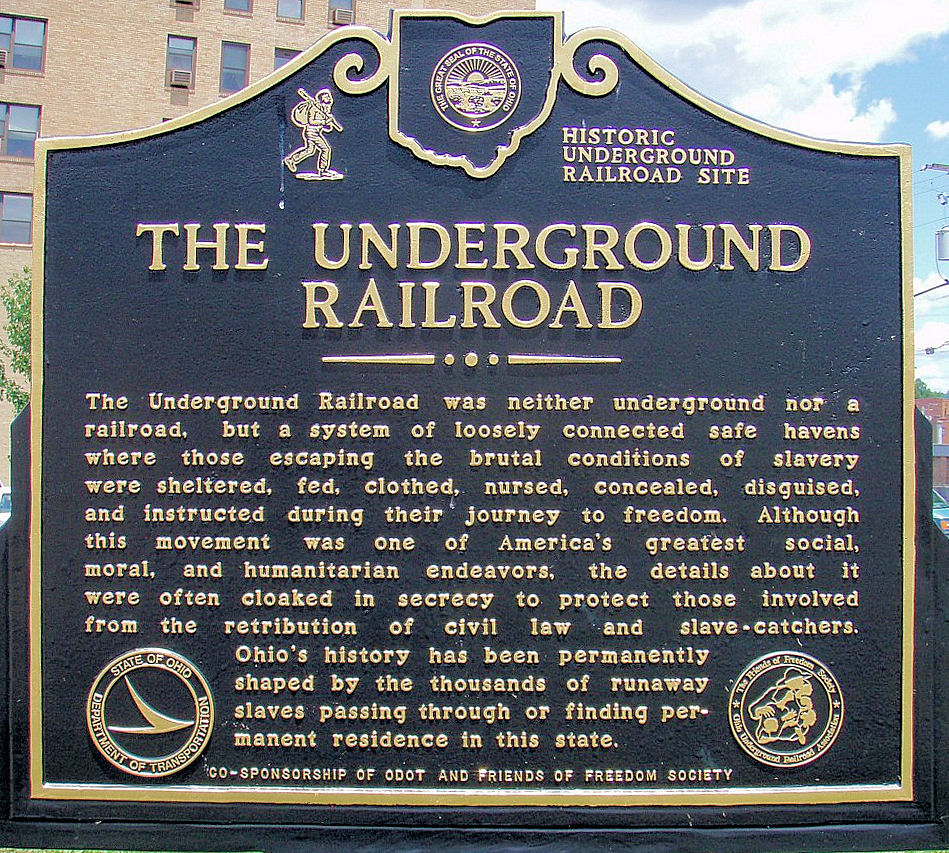
“I hear the train a-
She’s comin’ round the curve
She’s loosened all her steam and brakes
And strainin’ ev’ry nerve” – The Gospel Train (Traditional)
The Underground Railroad was not literally underground or a railroad. It was “underground” in the sense that it was organized and functioned in extreme secrecy. To reduce the risk of discovery, many of the people involved knew only their part of the route or scheme, with instructions becoming “coded” and using familiar railroad terminology.
Fugitive slaves traveled in small groups at night, led by a “conductor”, who would guide them 10-20 miles at a time, to the next “station” or “depot”, where they would rest during the day, typically hidden in a barn, under a floor, or in a cave. The depots were operated by a complicit “stationmaster”.
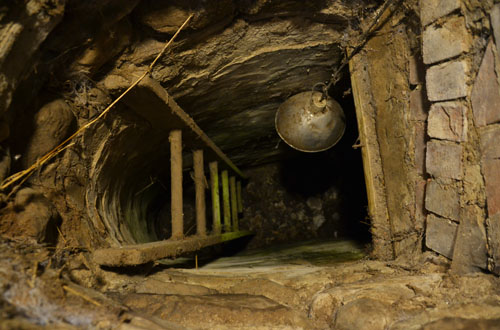
“Stockholders” were abolitionist supporters who may not be involved in the actual transportation of fugitive slaves, but contributed money or supplies to the organization.
Escaping slaves began using biblical terminology, referring to Canada as “heaven”, or “the promised land”, while calling the Ohio River, the “River Jordan”. Slaves planning an escape would need to “obtain a ticket” on what became known as “the freedom train” or “Gospel Train”.
“Get on board, little children
Get on board, little children
Get on board, little children
There’s room for many more” – The Gospel Train (Traditional)
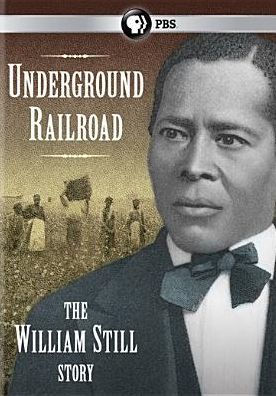
William Still, sometimes called “The Father of the Underground Railroad”, was chairman of the Vigilance Committee of the Pennsylvania Anti-Slavery Society. Sometimes hiding fugitives in his Philadelphia home, he helped hundreds of slaves to escape (as many as 60 a month). He kept careful records, including short biographies of the people that contained frequent railway metaphors. He maintained correspondence with many of them, helping to reunite families once they reached freedom. He later published these accounts in the book The Underground Railroad: Authentic Narratives and First-Hand Accounts (1872), which proved a great resource for helping historians to understand how the system worked.
“The fare is cheap and all can go
The rich and poor are there
No second class aboard this train
No difference in the fare” – The Gospel Train (Traditional)

“Follow the Drinking Gourd” is an African American folk song first published in 1928. According to legend, the song was used by a conductor of the Underground Railroad, called Peg Leg Joe, to guide fugitive slaves using the Big Dipper (the Drinking Gourd), and the North Star to navigate themselves northward on their nightly “railroad” excursions.
In John A. Lomax’s 1934 book American Ballads & Folk Songs, he quotes a story from H.B Parks: “One of my great-uncles, who was connected with the railroad movement, remembered that in the records of the Anti-Slavery Society there was a story of a peg-leg sailor, known as Peg-Leg Joe, who made a number of trips through the South and induced young Negroes to run away and escape… The main scene of his activities was in the country north of Mobile, and the trail described in the song followed northward to the headwaters of the Tombigbee River, thence over the divide and down the Ohio River to Ohio… the peg-leg sailor would… teach this song to the young slaves and show them the mark of his natural left foot and the round hole made by his peg-leg. He would then go ahead of them northward and leave a print made of charcoal and mud of the outline of a human left foot and a round spot in place of the right foot.”
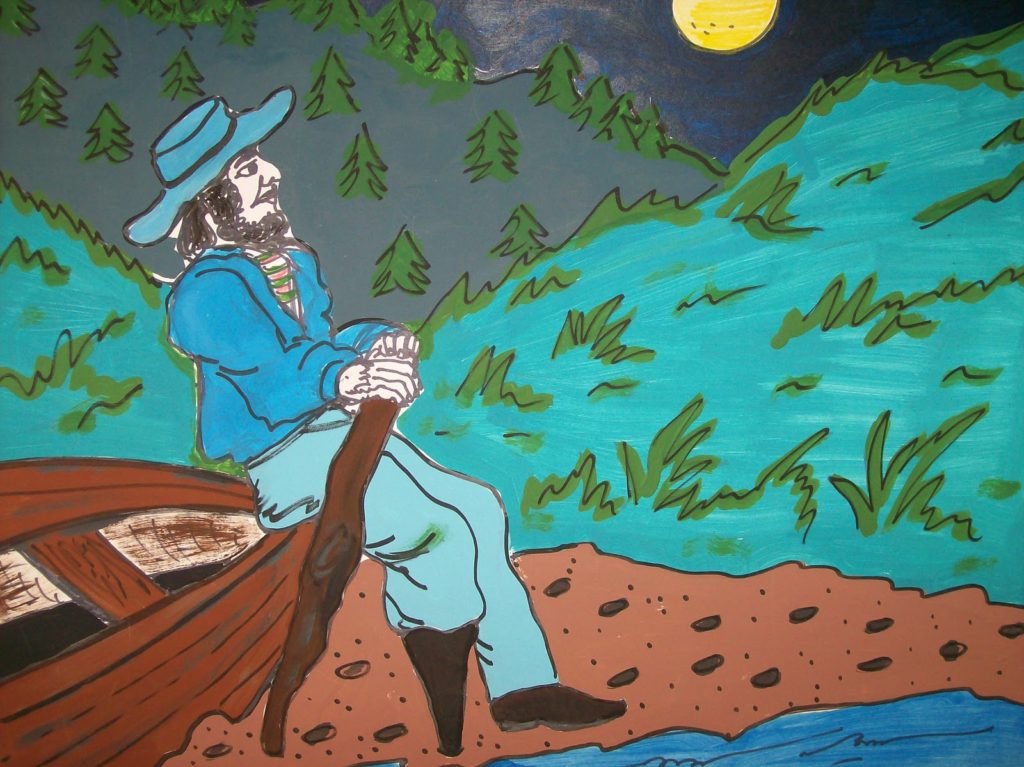
Peg-Leg Joe may have been a real person or composite of people but there is no reliable historical evidence of his existence.
“Get on board, little children
Get on board, little children
Get on board, little children
There’s room for many more” – The Gospel Train (Traditional)
“The Gospel Train (Get on Board)” is a traditional African-American spiritual first published in 1872 as one of the songs of the Fisk Jubilee Singers. Although the composition is usually cited as traditional, several sources credit a Baptist minister from New Hampshire, John Chamberlain, with writing it. The song shares its melody and structure with a number of songs containing similar themes and may date from an even earlier period.
Regardless of its origin, the song has come to be a representation of African Americans’ struggle to leave the bonds of slavery to journey to the Promised Land, and beyond that, has become a gospel standard, found in the hymnals of many Protestant denominations and has been recorded by numerous artists.
“Get on board, little children . . .”
Sources:
https://en.wikipedia.org/wiki/The_Gospel_Train
https://en.wikipedia.org/wiki/Underground_Railroad
https://www.history.com/topics/black-history/underground-railroad
https://www.biography.com/activist/harriet-tubman
https://en.wikipedia.org/wiki/Harriet_Tubman
https://en.wikipedia.org/wiki/Songs_of_the_Underground_Railroad
All photos sourced through internet searches, none belong to the author.

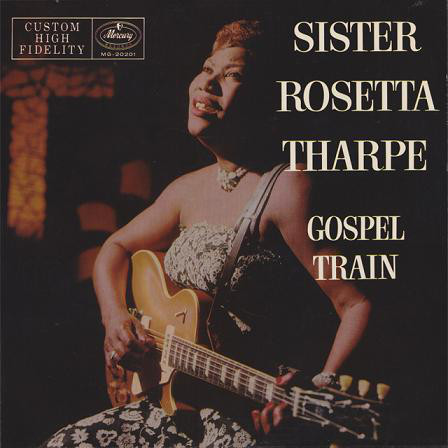
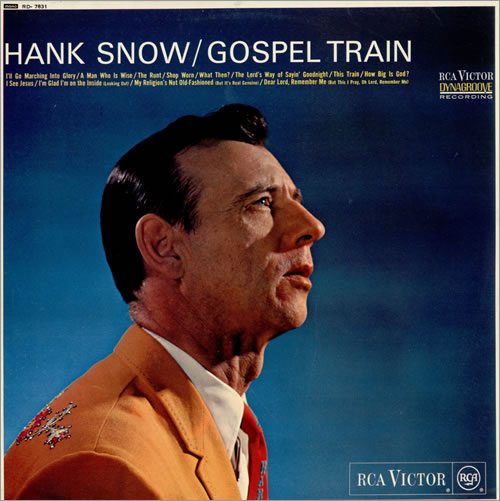
You ought to be a part of a contest for one
of the best sites online. I’m going to highly recommend this website!
Hello there! Would you mind if I share your blog with my myspace group?
There’s a lot of folks that I think would really appreciate your
content. Please let me know. Many thanks
Please share. Thank you.
This is very interesting, You are a very skilled blogger.
I have joined your feed and look forward to seeking more of your magnificent post.
Also, I have shared your site in my social networks!
Appreciation to my father who told me concerning this weblog,
this website is genuinely awesome.